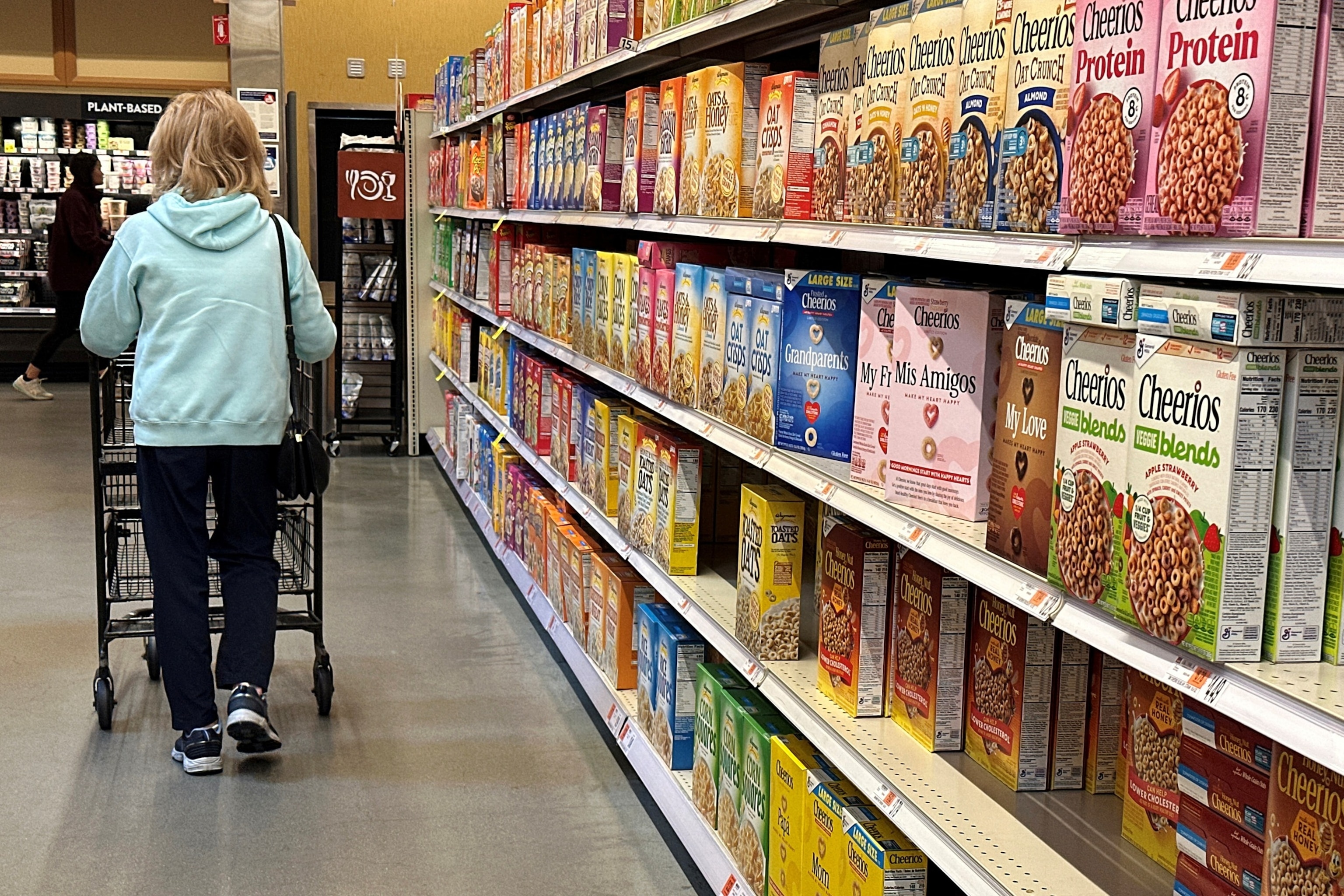The feeling of the consumer improved more than expected in June, which indicates a wave of optimism when President Donald Trump made some rates back in recent weeks.
The resurgence of buyers’ attitudes ended six consecutive months of worsening of feeling, Michigan University The survey data were shown on Friday. Before the increase, the feeling of the consumer had fallen near its lowest level from an episode of inflation three years ago.
Meanwhile, inflation expectations of the year more of the year fell sharply from 6.6% last month to 5.1% in June, according to the data. The anticipated inflation level would still mark an important increase with respect to the current inflation of 2.4%.
The improvement of feeling was reflected in all demographic data, including age, income, wealth, the political party and the geographical region, the surveys of the consumer director Joanne Hsu said in a statement.
In recent weeks, Trump has returned some of his most steep tariffs, relieving the costs imposed on importers. These companies generally transmit a part of the highest tax burden in the form of price increases.
A commercial agreement between the United States and China cut the Tit-For Tat rates between the two largest economies in the world and caused an increase in the stock market. In a matter of days, Wall Street companies softened their recession forecasts.
The agreement between the United States and China took weeks after the White House stopped a large strip of Trump’s “Liberation Day” tariffs aimed at dozens of countries. Trump also facilitated the specific rates of the sector aimed at cars and retreated the tasks of some goods in Mexico and Canada.
Even so, a general 10% rate applies to almost all imports, except semiconductors, pharmaceutical products and some other items. However, these rates are in the legal limbo, after a couple of decisions of the Federal Court at the end of last month.
Tariffs remain in place for steel, aluminum and cars, as well as some products from Canada and Mexico.
This week’s fresh inflation data showed a slight acceleration of price increases, but inflation remains close to its lowest level since 2021. Until now, the economy has challenged the fears of price increases, instead of giving way to an inflation option during the months since Trump assumed the position.

A person buys in a grocery store in Medford, Massachusetts, April 22, 2025.
Brian Snyder/Reuters
However, warning signals point to the possibility of high prices in the coming months.
Retailers nationwide such as Walmart and Best Buy have expressed alarm about the possibility that prices can raise as a result of encumbrances.
The Organization for Economic Cooperation and Development, or the OECD, said that this month hopes that US inflation reaches 4% at the end of 2025, which would mark a strong increase in current levels.
The federal president, Jerome Powell, in recent months, warned about the possibility that tariffs can cause what economists call “stagning”, which is when inflation increases and the economy slows down.
The stagflation could put the central bank in a difficult position. If the Fed increases interest rates, it could help relieve inflation, but can risk an economic recession. If the Fed reduced rates in an effort to stimulate economic growth, the measure could release faster price increases.
For now, the Fed seems to be willing to adopt an approach to wait and see. At its last meeting, in May, the Fed chose to maintain stable interest rates for the second consecutive time.
The Fed will announce its next rate on June 18. Investors set the possibilities of a decision to leave rates without changes in 99.9%, according to the CME Fedwatch toolA measure of the feeling of the market.



